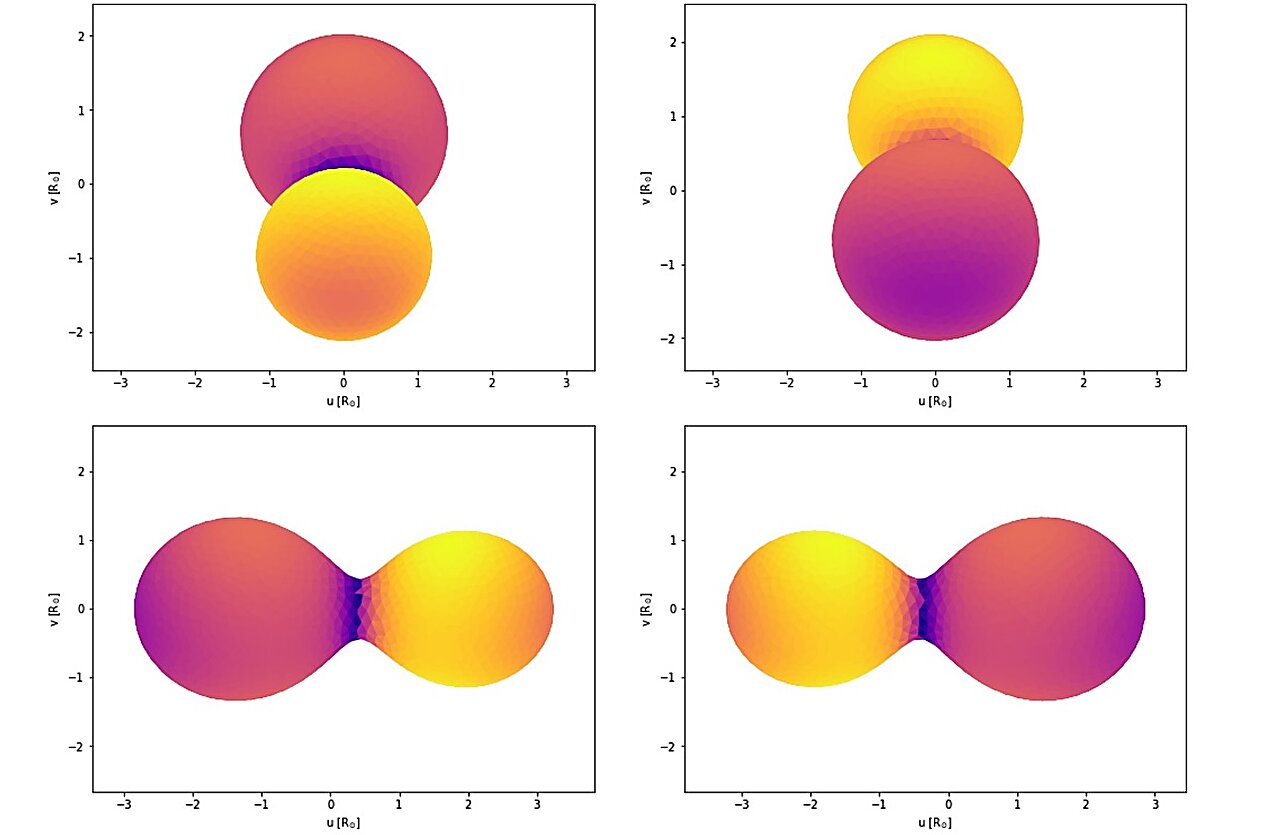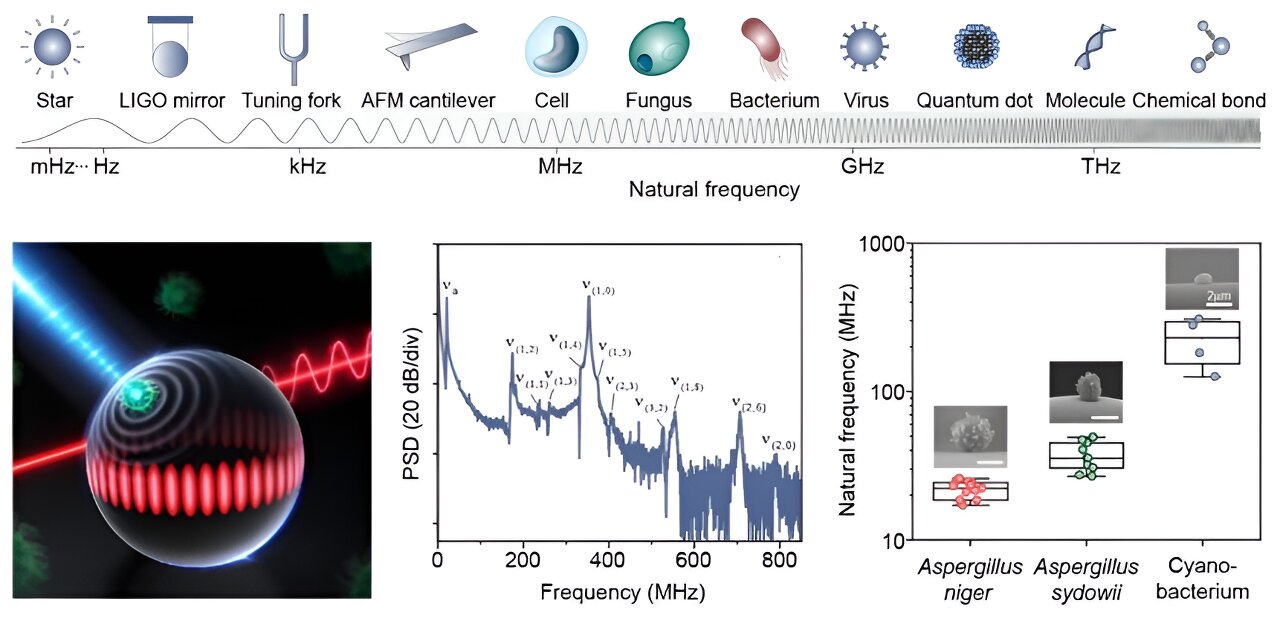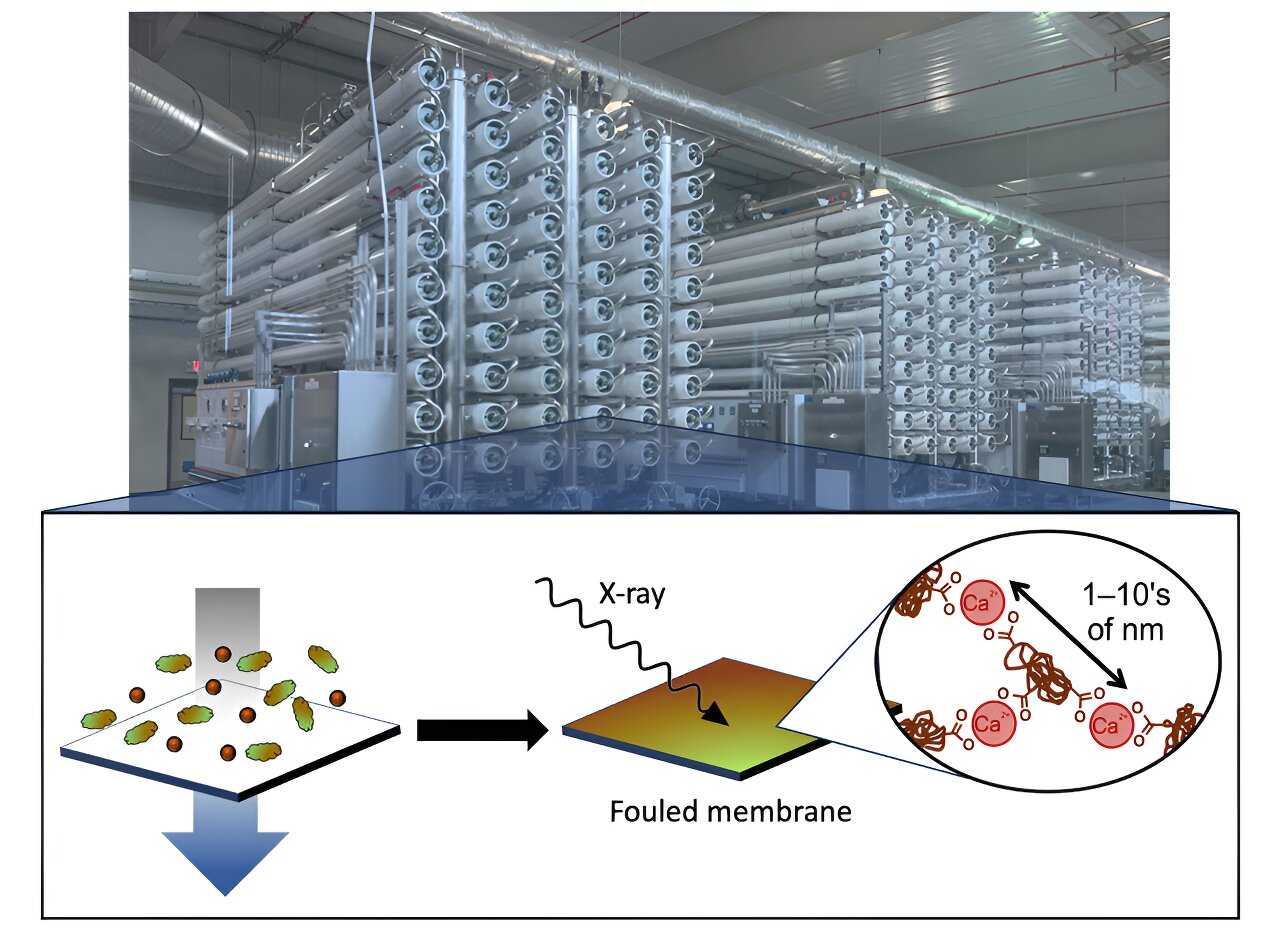Prepare to be amazed as astronomers unveil the secrets of the mysterious binary system CSS J003106.8+313347! Using their private observatory, these scientists have conducted the first-ever photometric study of this peculiar W UMa-type binary. The results, published on the renowned preprint server arXiv, provide us with a deeper understanding of this fascinating system.
In general, W Ursae Majoris-type, or W UMa-type binaries (EWs), are truly captivating. These eclipsing binaries have incredibly short orbital periods, often less than a day, and exhibit continuous light variation throughout their cycles. Composed of two dwarf stars with similar temperature and luminosity, they share a common envelope of material and are in constant contact with each other. That’s why they’re commonly referred to as “contact binaries.”
Located a staggering 4,900 light years away, CSS J003106.8+313347 is an EW with an apparent magnitude of 14.73. The system’s orbital period is estimated to be around 0.344 days.
Given the limited knowledge we have about CSS J003106.8+313347, a team of brilliant astronomers, led by Ehsan Paki of the Binary Systems of South and North (BSN) project, decided to take a closer look at this system. Equipped with a private observatory in Toulon, France, they observed the binary on two nights in late 2022, capturing nearly 300 awe-inspiring images.
“We are thrilled to present the first-ever photometric study of the CSS J003106.8+313347 W Ursae Majoris (W UMa)-type system, based on our ground-breaking observations,” the researchers wrote in their groundbreaking paper.
Through their observations, the team discovered that the primary star of CSS J003106.8+313347 has an effective temperature of 5,477 K, while the secondary star is even hotter at 5,798 K. This finding suggests that the primary and secondary stars have spectral types G8 and G5, respectively.
According to the study, the primary star in the CSS J003106.8+313347 system has a radius of approximately 1.29 times that of our Sun and a mass of about 1.67 times that of our Sun. The star’s luminosity was measured to be 1.35 times that of our Sun.
As for the secondary component, it turns out that it has a radius of around 1.09 times that of our Sun and a mass of approximately 1.17 times that of our Sun. The luminosity of this star was found to be at a level of 1.22 times that of our Sun.
The Hertzsprung–Russell (HR) diagram of CSS J003106.8+313347 reveals fascinating insights. The primary star is positioned above the terminal-age main sequence (TAMS), while the secondary star lies between the zero-age main sequence (ZAMS) and TAMS. The astronomers noted that this aligns perfectly with current theories attempting to explain the evolution of binary stars.
But that’s not all! The observations also unveiled that the orbital angular momentum of CSS J003106.8+313347 is an astonishing 52.08. Based on this discovery and all the other groundbreaking results, the authors of the paper concluded that this system is an overcontact binary.








